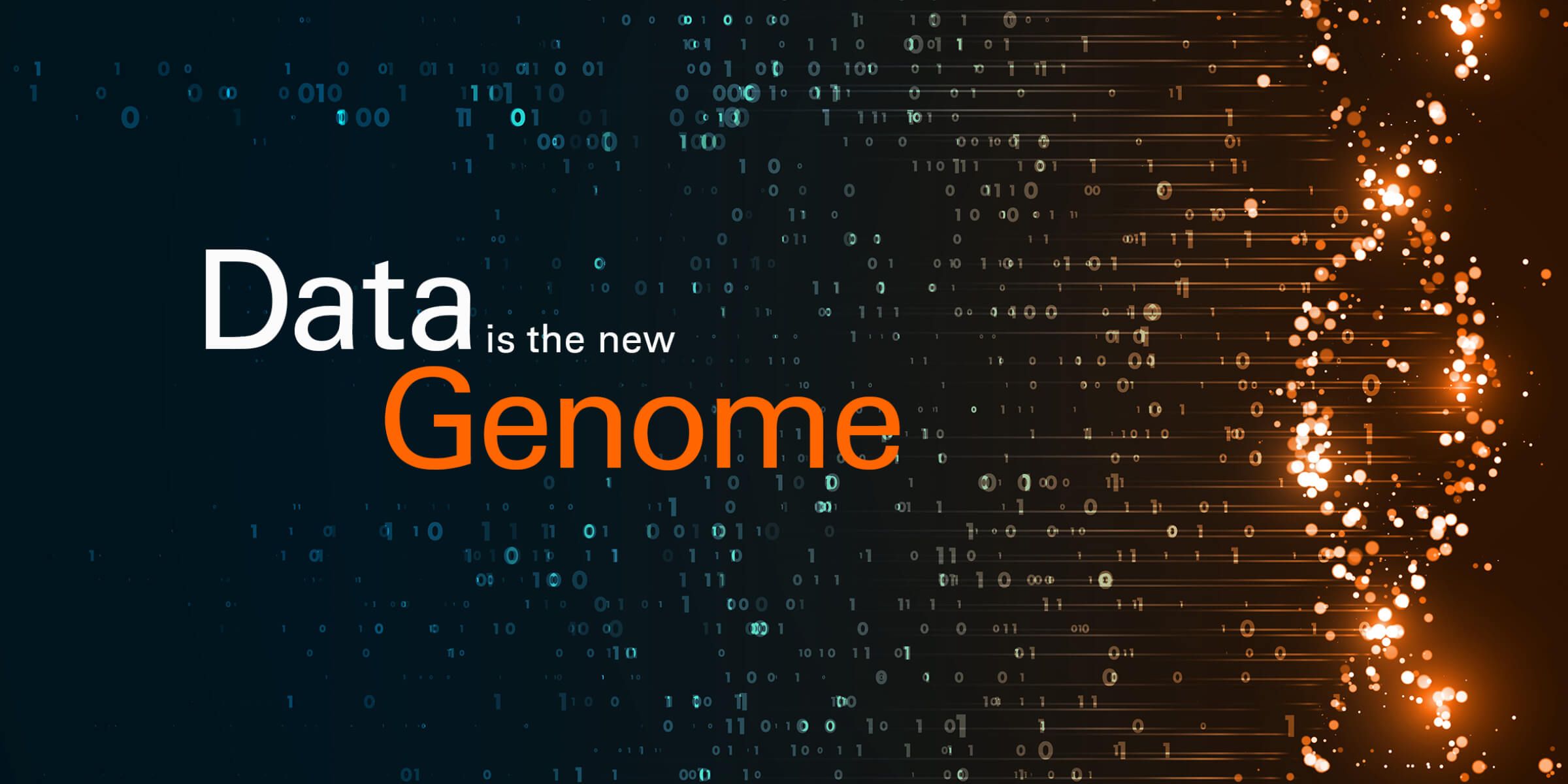Shining a Light on the Credit Invisible

How connected intelligence can give us a better view of people and businesses
Every day, financial institutions make split-second, data-driven decisions that impact the financial futures of people and businesses. But the criteria for making those decisions – credit score and credit history – are based on past behavior and don’t give a complete picture of the customer’s financial life in real time.
It’s a widespread problem for financial institutions and their potential customers.
Today, an estimated 26 million people in the U.S. are “credit invisible,” according to the Consumer Financial Protection Bureau – meaning traditional credit scoring models don’t have any data on them. They are often denied access to the credit and lending products that can help them strengthen their financial futures and grow their businesses.
Incomplete, incorrect and dated information can lead financial institutions to costly decisions – denying a creditworthy applicant, issuing false declines, approving an application without the most current data or otherwise adding friction to the process of accessing credit.
At our Forum client conference, Fiserv President of Data Commerce Solutions Prasanna Dhore joined Donald Kossmann, GM of Fraud Protection at Microsoft; Bill Phelan, SVP and GM at Equifax; and Greg Jones, Chief Product Officer at InformData, to explore how connected intelligence can help us understand people and businesses in new ways.
The opportunity to unleash connected intelligence
The explosion of AI and the availability of ever-expanding data sets has created an opportunity to rethink how lending, credit and fraud decisions are made. We now have real-time data on purchases, cash flow and financial behaviors that allow us to assess credit risk and identify fraud in real time.
Dhore suggests thinking of it like a data genome. The human genome houses the complete set of genetic characteristics, information and instructions a human being requires to function. Similarly, a person’s complete set of data – their data genome – tells us a lot about who they are as a consumer, employee or business owner. “Like the genome, data stores, propagates, expresses and threads through everything we do, buy, sell and trade.”
Once we have a complete, correct, current set of data, we can link that data to draw powerful insights that can positively impact people and businesses across a range of use cases – from employment and credit to fraud and risk. We call this connected intelligence.
What is connected intelligence?
Putting connected intelligence to work
The power of connected intelligence relies on data, but no single entity has all the data needed to create a 360-degree view of a customer. Partnerships are essential.
For example, Fiserv is partnering with Equifax to deliver a more holistic picture of businesses and their data in real time. By combining our collective data sets, we can get a better view of revenue and risk.
With touchpoints in nearly 100% of U.S. households, Fiserv has proprietary data sets across banking, payments and commerce. Equifax has data on everything from assets and income to consumer behavior. Together, we can create a richer picture of a person’s financial life, leading to more opportunity for all.
A few examples: Instead of creating estimates, we can analyze cash flow and calculate actual revenues, enabling financial institutions to make more informed lending and credit decisions. Payment data allows us to confirm that a merchant is operational at that moment. We can also identify activity that can predict default, such as a change in the rate of chargebacks.
This isn’t an imaginary future. Connected intelligence is already making a real-world difference. Working with a major bank, Phelan explains the impact of Fiserv and Equifax being able to identify risks that traditional models don’t uncover. “We found unseen credit risk to the tune of about $301 million that they just didn’t know about because it wasn’t unlocked.”
Expanding access to credit
When traditional modeling was applied, an online seller of golf equipment showed annual revenue estimated at $5 million. But when we looked at live banking data, we saw the company’s revenues are closer to $30 million and growing rapidly.
Why the disparity? The existing credit ecosystem takes time to deliver data. Paying off a credit card won’t raise your credit score overnight. It usually takes a month or two. The same is true in the case of a merchant’s financial data. Since small businesses rarely have audited financial statements available, creditors have relied on the data they have available to them, which can be stale, incomplete and show only a snapshot in time.
The mismatch is a missed opportunity for the merchant and the financial institution. If access to capital is based on $5 million in revenue, it’s unlikely the company will have the resources needed to maintain its growth trajectory. The financial institution will either miss out on a valuable customer or fail to realize the long-term value of the account.
Ultimately, it’s about relationships. “There have been 10 million of those new businesses started since 2019,” Phelan says. “Two hundred billion worth of spend going through those 10 million businesses. And some of them are going to become big businesses, so you want to build those relationships with them.”
The implications for fraud
Connected intelligence will reshape the future of fraud with AI trained on unprecedented amounts of data.
Until recently, fraud mitigation was defined by rules based on behaviors, actions and locations considered high risk. A questionable IP address, a phone that can’t be authenticated or an unusual transaction type are among the long list of attributes in rules-based fraud prevention. Managing and monitoring these rules takes time, money and a lot of human intervention.
But the future of fraud isn’t rules. It’s AI. Even beyond the resource constraints, the rules-based approach is not built to meet today’s needs. “It’s not an adaptive model. It’s not a scalable model,” says Kossmann. “We are in the payments business. We are in the eCommerce business. Things change all the time. And we innovate. We want to reduce friction. We want to make sure that your credit card works. We want to be adaptive.”
Fiserv and Microsoft are working together to define transaction characteristics across 3,500 dimensions to authenticate that people and businesses are who they say they are. Kossmann says the multi-dimensional space will ultimately set apart the good actors from the bad ones. “That is how we will win because, in one dimension, the fraudster can win. They can phish the password, and they can do that with some effort. But in 3,500 dimensions, and with the complexity and the multiplication, there’s no way the fraudster can win that game.”
The future of connected intelligence
The applications for connected intelligence extend well beyond the credit and fraud use cases. It has a role wherever and whenever there is value in knowing who you’re dealing with.
An online marketplace that connects buyers and sellers can use connected data to build trust. Employers can speed up the process of candidate screenings while going beyond the data in a traditional background check. A supplier can authenticate who they are selling to.
The power of connected intelligence is making those potentially life-altering events happen faster, more accurately and with less friction.
Explore related resources



